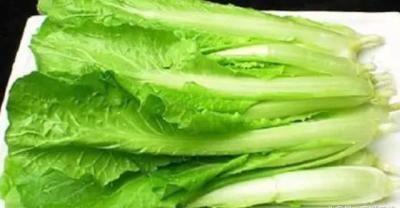The technique of how to plant roses on a large scale
The technique of how to plant roses on a large scale
Roses, carnations, Platycodon grandiflorum and hydrangea account for 80% of the total area of fresh cut flowers.

Rose is a shrub of the genus Rosaceae. In daily life, it is the general name of a series of cultivated varieties of Rosa with bright flowers, which can also be called rose or rose. Rose can be used for rose beauty, is a new generation of beauty tea, it has obvious elimination of freckles, wrinkles, but also has the advantages of nourishing beauty, anti-inflammation and moistening throat, put into the water, rise and fall on the surface, like a rose blooming, wait and see its beauty, taste, elegant aroma, is the best choice for beauty and health care.
Rose propagation is often carried out by sowing, dividing plants and cuttings. Sowing needs to be in autumn and will be planted for sand storage treatment. Sand storage treatment method: mix the sand with a small amount of soil, wet it with water, hold it in your hand and form a ball, and disperse it into granules. Then wash the seeds and mix them into the sand. In sunny or semi-shady ground, dig trenches 60 cm wide, 80 cm deep and east-west trench, bury the sand mixed with seeds into it, leaving air holes. Dug up at the beginning of the next spring, it is best to plant seeds with holes in the seeds. Ramet propagation can be carried out in spring and autumn, and it is better in autumn. If the 1-2-year-old seedlings are separated from the old plants with part of the roots, the wound can be disinfected better and survive easily. Cuttings are mostly carried out from July to August. Choose sturdy and substantial biennial branches, cut 15Mel 20cm long nodes as cuttings, each cuttings need at least three leaf buds, the lower part is cut into a horseshoe oblique shape, and the upper part is parallel. It can be inserted in pot or border. After insertion to shade, sunscreen, often sprinkle water to maintain a certain humidity and temperature. It will take about a month to take root and become a new plant, and it can be transplanted after a year.
The existing rose planting methods are not conducive to the growth of roses, the yield is not enough, the flower shape is not good, it is easy to cause diseases and insect pests and bring losses to flower farmers.

1. Choose the soil with low groundwater level and loose ventilation, and the pH value of the soil is 5.5.
2. Soil improvement combined with planting bed arrangement, deep turning and application of a large amount of organic fertilizer; the organic fertilizer is cow manure
3. The planting border should be 0.8 m wide, 0.6 m wide at the bottom of the walkway and 0.6 m high. After the planting border is finished, the pH value and EC value of the soil should be checked again, and adjusted with fertilizer, acid and alkali, so that the pH value should be adjusted at 5.5, and the EC value should be adjusted to 0.9S/cm. If the EC value is less than 0.9, the EC value should be leached with water.
4. The cultivation method is single-row and double-row cultivation, plant spacing 12cm, row spacing 50cm, planting 5500 plants per mu, cultivation in greenhouse.
5. Choose unpolluted river, spring or well water for irrigation.
6. Watering twice a day in sunny days, the soil water tension PF was about 1.8. the watering times were 3 times at 10: 00 and 17: 00 in April and June, and the soil water tension PF was kept at 1.7.
7. Keep the temperature of the greenhouse at 24 ℃ during the day and 14 ℃ at night.
8. The relative humidity of the greenhouse during the sprouting and branch and leaf growth period of the "rose" is 70%, the relative humidity of the greenhouse during flowering is 40%, the humidity is controlled at 40% during the day and 60% at night.
9. Have at least 6 hours of light every day.

- Prev

The most "money way" of Lentinus edodes planting mode!
According to the executive body, the planting mode of Lentinus edodes can be divided into five types, namely, pure family model, family farm model, cooperative model, factory chemical production of bar mushroom farmers.
- Next

Some experience in planting clematis
Talk about cutting, this has a lot of tutorials, basically is the wall 2.0 method, this cutting method can be extended to many plant cuttings. Choose the branch first, too.
Related
- Fuxing push coffee new agricultural production and marketing class: lack of small-scale processing plants
- Jujube rice field leisure farm deep ploughing Yilan for five years to create a space for organic food and play
- Nongyu Farm-A trial of organic papaya for brave women with advanced technology
- Four points for attention in the prevention and control of diseases and insect pests of edible fungi
- How to add nutrient solution to Edible Fungi
- Is there any good way to control edible fungus mites?
- Open Inoculation Technology of Edible Fungi
- Is there any clever way to use fertilizer for edible fungus in winter?
- What agents are used to kill the pathogens of edible fungi in the mushroom shed?
- Rapid drying of Edible Fungi

